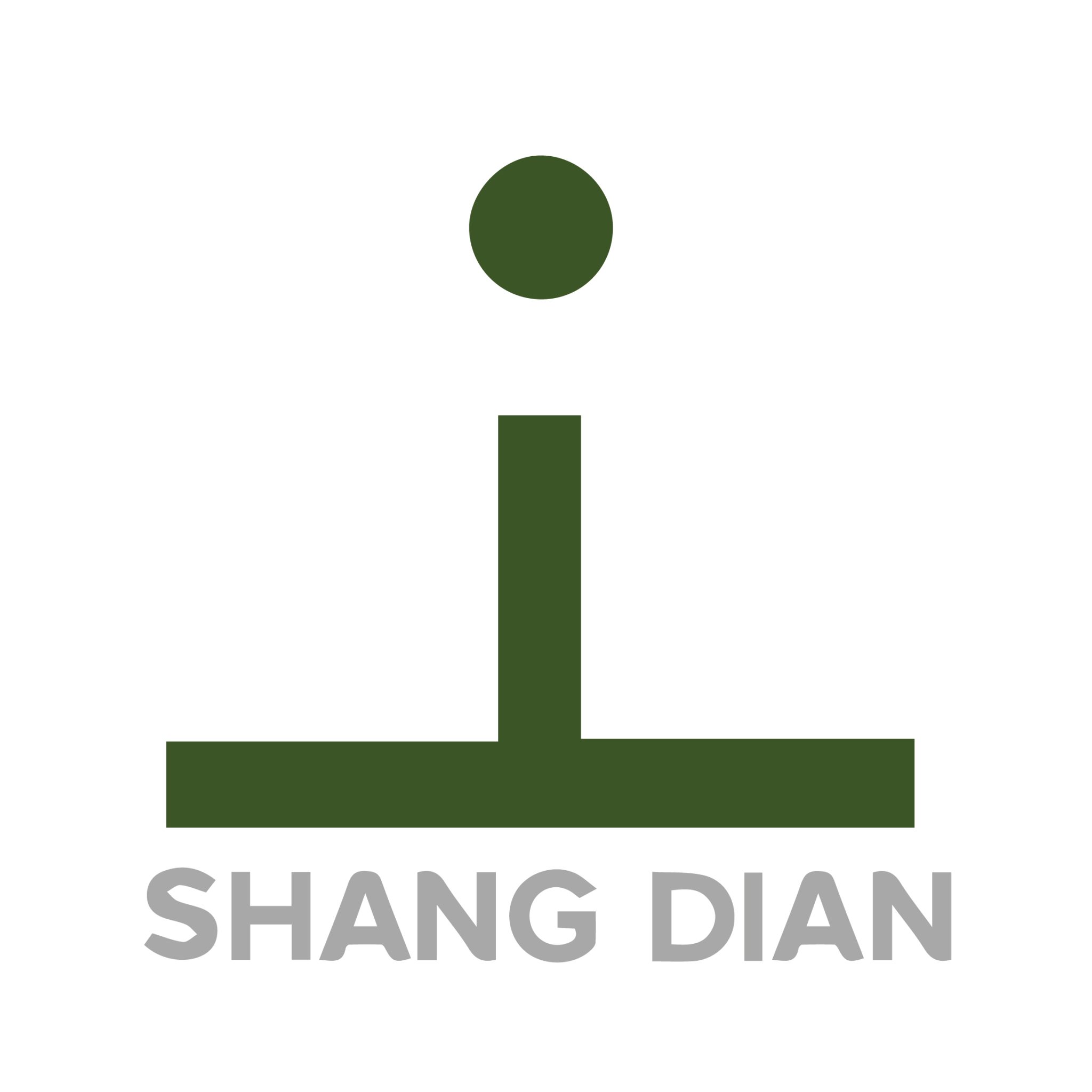- 2025 Prize
- From Landscape Design
Inherited Memories
Project Description
The proposed project entails the redevelopment of the factory area of a defunct sugar factory into a tourist attraction. The existing warehouse complex, production plant, railway landscape, assembly hall, and other functional facilities will be meticulously preserved as part of this initiative. The space will be augmented with green areas, exhibition walls, and installation art that chronicle the history of the Taiwan Sugar Corporation. This transformation seeks to challenge the established perception of the factory as a periphery entity while drawing in significant visitor traffic, thereby elevating the local cultural and industrial significance and fostering comprehensive development.
The sugar factory was established in 1909 but closed down in 2005 due to international sugar prices and economic restructuring. In 2016, it was recognized as a historical building. The factory still retains its original buildings, machinery, and facilities, making it one of Taiwan's few remaining complete old sugar refineries.
The area has been preserved and developed using "landscape walking" methods to incorporate elements of humanities, railway culture, history, and the environment. This has allowed for the revival of the local economy through environmental education and leisure activities, while also preserving the historical heritage.
The factory area had been abandoned for many years, and the environment was in disarray with plants growing over many walls. To improve the area, the team reorganized the original landscape and added installation art and street furniture related to sugar production and railways. This included engraved stone slabs with railway history, a steel gable roof, and sugar cube-shaped stone corner seats. These changes transformed the forgotten historical site into a tourist attraction with a strong literary atmosphere, attracting local residents, pilgrims, and tourists to revitalize the image of the factory area.
This endeavor aims to repurpose the historical factory site into functional spaces that pay homage to the area's heritage. The plan entails establishing a cultural exhibition platform, a studio for artisans, and a venue for performing arts. These spaces are intended to alleviate the absence of local cultural heritage sites and activities. The deliberate preservation of the old warehouse buildings, walls, and tracks, coupled with the integration of new installation art facilities, street furniture, and green lawns, is designed to foster a connection between people, nature, history, and the city through these reinvigorated spaces.
The overarching objective is to redefine the abandoned perception of the sugar factory while upholding its historical legacy. Initially, the preservation of the old warehouse complex, railway tracks, and other vestiges of the past will be integrated with installation art inspired by the sugar factory to rejuvenate the area. Furthermore, the expansion of the square space and pedestrian walkways will be undertaken to accommodate tourists, pilgrims, and local residents adequately. This endeavor aims to transform the conventional image of the old sugar factory and ameliorate its original state of idleness, desertion, and marginalization.
The area has a planting plan in place, featuring seasonal plants as the main attraction. This not only creates a beautiful green landscape that changes with the seasons but also enhances the urban streetscape, reduces the urban heat island effect, and promotes ecological sustainability. Additionally, the area uses low-energy, highly efficient LED landscape lighting with a time-controlled switch design, effectively saving energy, reducing carbon emissions, and minimizing resource wastage from maintenance and management.
S.D. is co-founded by CHING-I, WU and director FU-CHU, HSU in 1997. With a team consisting of multiple professionals in fields, such as architecture, landscape architecture, and interior design, S.D. aims for the vision to create an innovative spatial experience.
S.D. takes the concept of unifying the environment and the intermediary space of the building entity, so that the living environment presents the overall style and harmony. With the foundation of human-human interactive model, S.D. strives to integrate landscape and environment into a state of "entering into the landscape from the green, and into the heart from the scene", interpreting the changing performance of life in space, and harmoniously corresponds with the architectural form to capture the vicissitude (changing) of time and light and shadow. This approach implements the virtual and real historical field and time memory in an innovative space to strengthen and repair the lost "spirit of place".
S.D.’s landscape service projects include private housing, collective housing, large-scale community housing development, hotels, public landscape spaces, transportation hubs, international terminals, and hospital public institution buildings. In each implementation proposal, many plans are proposed, and these plans are all closely connected with the local environmental life and the humanities, arts and culture. S.D. will consider the impact of the local climate to determine the plan of landscape planting. All planting plans will consider how to match up with the natural ecosystem to create a more diverse ecosystems in the future and provide a sustainable and friendly renewable urban environment.
SD's work team has won many domestic and international awards, including the Taiwan Urban Design Award for Taichung City, year in 2014, 2015, 2016, 2017, Landscape Design Award in 2019, and the Taiwan Landscape Association's Seventh Landscape Award, Public Space Award, awarded excellent. In 2020 S.D. is honored with the A'Design Landscape Gold Award and also with a total of 12 affirmations in A'Design Landscape Gold, Silver and Bronze. This achievements leads S.D to shortlisted for 4 awards of the Singapore SIDA Interior Design Contest. The most well-known projects are Taiwan Taichung Literature Museum Park, Taiwan Yong-Quan Par, and Taiwan Connection 1908 – an adaptive reuse of Taichung Railway Heritage Site. These projects have also been recognized by many international landscape awards.
S.D. is currently formulating some notable plans, including an investigation of cultural and historical data for the Taiwan Connection 1908, making the humanities and arts and historical spots in the adjacent areas into a network of travel maps, and compiles them into a city guide booklet. The plans also include analyzing the new positioning of urban development on the scale of urban planning, making the theme of space configuration based on the surrounding environmental resources, closely communicating with local residents and conducting lecture courses in the community, so that we can understand the real needs of the public.
Furthermore, through the plan of Yong-Quan Park, the lake walkway connects the historical sugar industry culture and the lake’s complete ecology is re-established and restored, providing citizens with a rest space of culture and other diverse lifestyle functions. Through the reconstruction of cultural and historical resources and the community building method of environmental education, these enable residents' recognize the region they live in with new memories of the land, and prospectively, in the future, a new model of landscape urbanism will be established.

